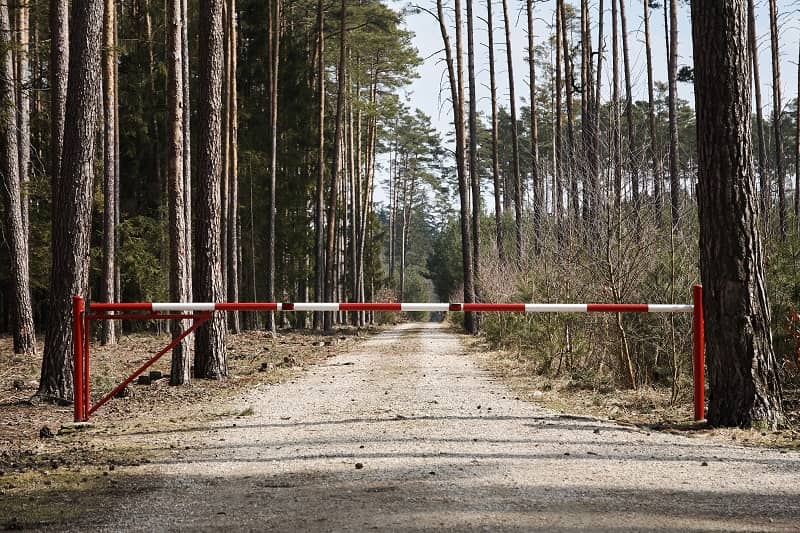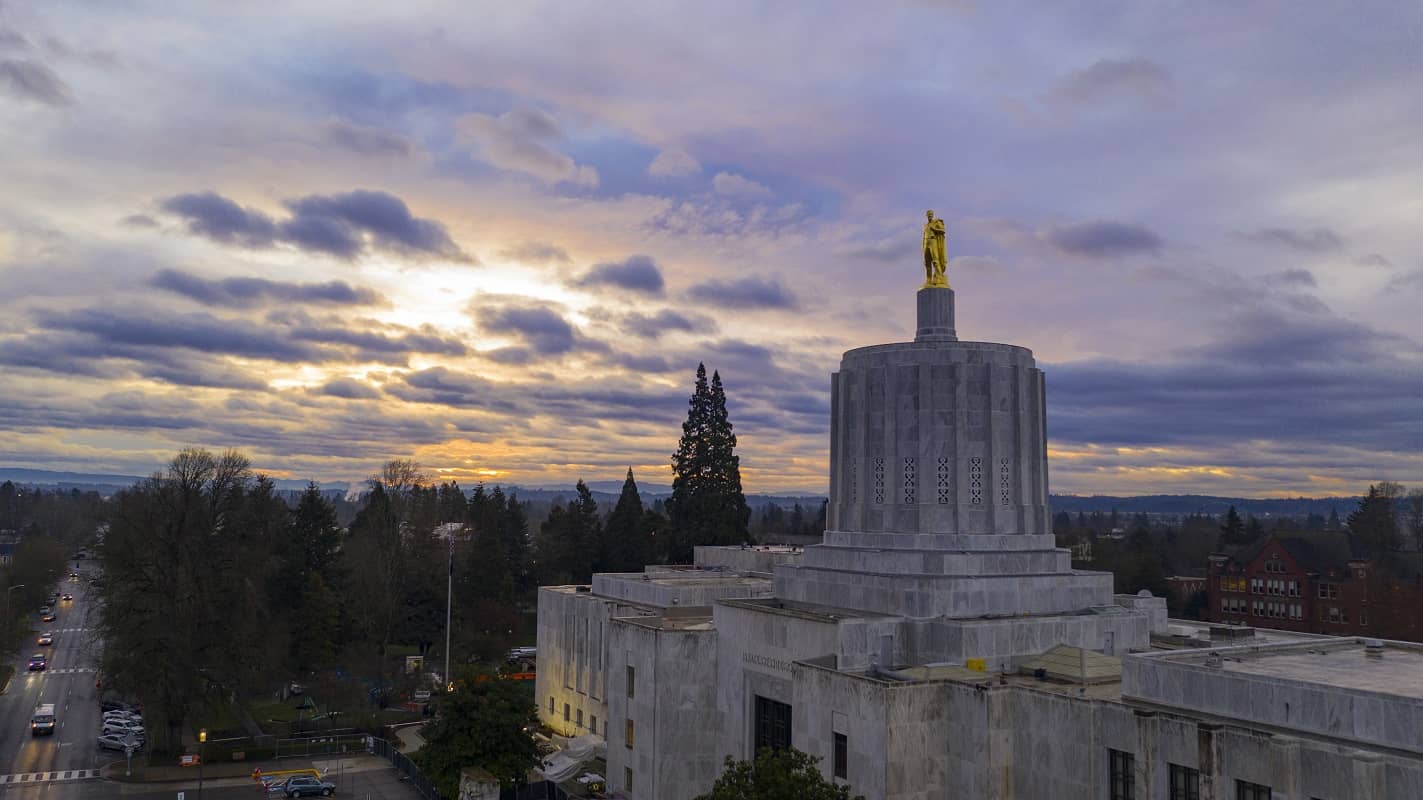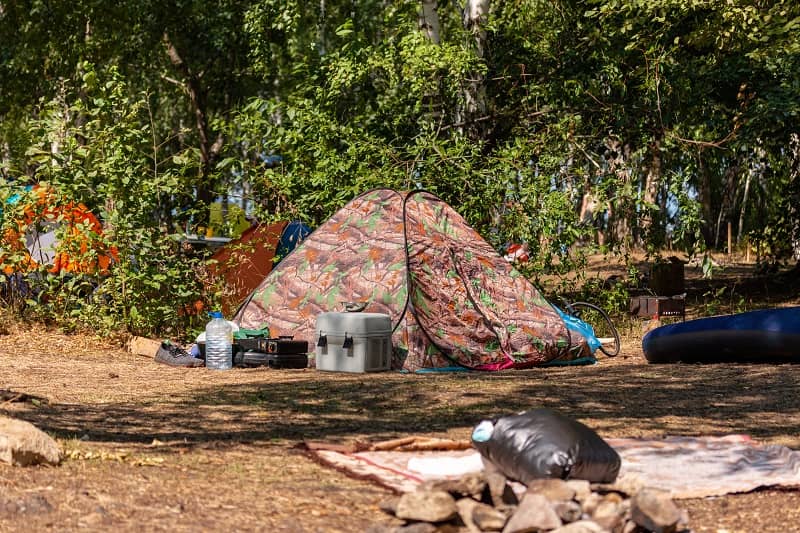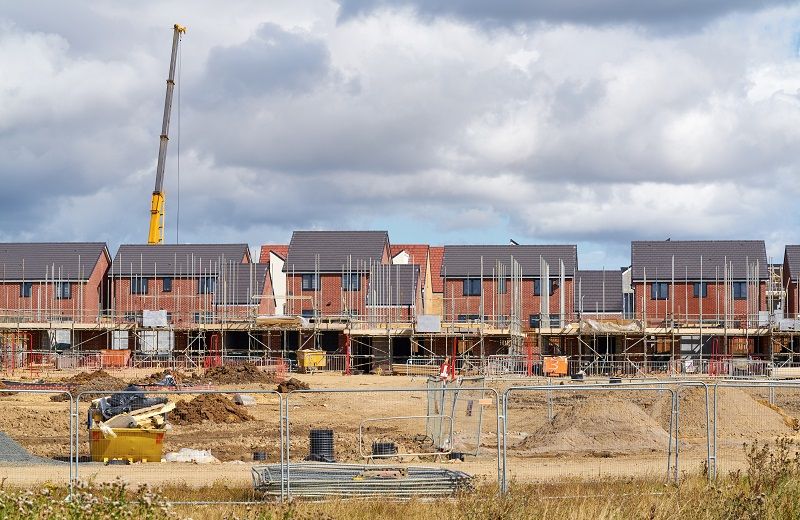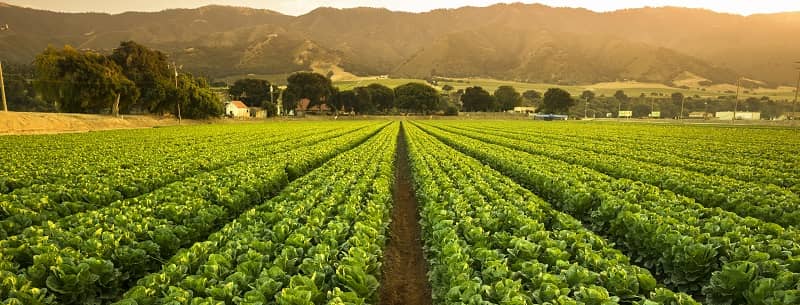The Diversity of Rural Oregon Communities
by Karla Kay Edwards
The differences between Oregon’s rural and urban communities are obvious, but the diversity among rural communities often goes unrecognized. Describing rural communities involves considering both geographic and social characteristics. Geographically, Oregon is divided by the Coastal and the Cascade mountain ranges, running north and south, which create three physical regions: the coastal area, the Willamette Valley and Eastern Oregon. Each region includes vast tracts of federally owned land that have an impact on natural resources and economic drivers available to communities in each area. For example, in a recent economic study by Forest2Market, Inc., privately owned forestlands in Oregon contribute $382 per acre to Gross Domestic Product (GDP), versus federal forestlands’ contribution of just $67 per acre. Considering that 59% of Oregon forestlands are federally owned, federal forestland holdings have a significant impact on wealth creation and jobs in rural communities. Rural communities insufficient ability to generate wealth also hinders their ability to comply with state government mandates.
In a 2008 report, the Governor’s Office of Rural Policy Advisory Committee developed what they term the four degrees of rural: Urban Rural, Rural, Frontier Rural and Isolated Rural. These four categories descriptively differentiate the needs and capacities of Oregon’s rural communities.
Urban Rural is the type most recognized by urban residents. These communities, such as Canby and Sherwood, deal with land use pressures from increased development and infrastructure demands. Urban Rural communities are slowly losing their agriculture base, which leads to lack of understanding of farming practices and amplified public scrutiny of farms, making farming increasingly difficult and costly in these areas. But agriculture and other businesses have a competitive advantage, due to greater access to direct markets, such as Community Supported Agriculture organizations and farmers markets, in addition to traditional agricultural markets. Land use issues in Urban Rural communities tend to be complicated and controversial, resulting in increased competition for industrial parks and a decline of small businesses, as access to big box stores and various urban businesses increase. These communities have the advantage of greater access to large medical facilities and a variety of educational institutions. Landowners generally pay higher taxes to meet those infrastructure and governance needs.
Communities like Coos Bay and Pendleton are classified as Rural and are described as relatively significant stand-alone communities. Rural areas have a stronger agriculture base than Urban Rural ones, but they also have a mix of other industries and feel development pressure. They struggle to have a population base large enough to finance infrastructure and system upgrades required by government regulations. In general, small local businesses are declining, yet there is little access to urban businesses. These communities have less access to financial institutions and to resources for businesses and have difficulty sustaining community needs like professional law enforcement, fire fighting and medical services. K-12 educational choices are relatively limited, and adult education is restricted to sparse technical training programs and scarce community college access. These communities also experience pressure on natural resources due to weekend tourists.
The Frontier Rural classification has a strong community identity and a much smaller population than Rural. Communities such as Burns and Bandon have indigent populations in decline for a number of reasons, but the most significant is lack of economic opportunity. The volunteer base is critical to core community functions like fire fighting and emergency services, yet that base is shrinking. Access to local medical and financial services is limited or nonexistent. The local economy is dependent on agriculture and natural resources under pressure from increased regulatory demands and volatile markets. This, in turn, has led to a decline of local businesses, due to their dependence on the resource-based economy. These communities often contend with significant government land holdings that have severely curtailed revenue generation opportunities on these lands. Economic diversity is hampered by lack of adequate transportation infrastructure to transport products and supplies cost-effectively across long distances to larger urban markets. In addition, the younger generation has virtually no K-12 educational choices and little to no access to higher education or technical training, thus stifling future economic revitalization. Local governments struggle with limited financial and human resources to adequately address increasing government regulations, ranging from the simplest things like obtaining enough qualified bids for contracts to procuring funding for sewer and water system mandates.
Isolated Rural communities like Enterprise and Lakeview struggle with the same issues as Frontier Rural, but many issues are more amplified. These communities are isolated by geographic and/or transportation barriers, making outside access to the community difficult. Isolated Rural communities are extremely self-reliant and depend on volunteers for services like fire and emergency medical help. They struggle to maintain adequate funding for paid law enforcement and have few paid local government employees. Consequently, they have difficulty finding adequate human and financial resources to meet various statewide mandates.
Accurately describing the different degrees of rural communities aides in the understanding of why statewide regulatory and legislative mandates have significantly different effects on communities throughout Oregon. Allowing a community to customize the execution of statewide policies to match the community’s capacity would make a real difference in the resilience of rural communities. The current “one size fits all” approach to statewide policies doesn’t allow rural communities to meet their unique challenges.
Karla Kay Edwards is Rural Policy Analyst at Cascade Policy Institute, Oregon’s free market public policy research organization.





